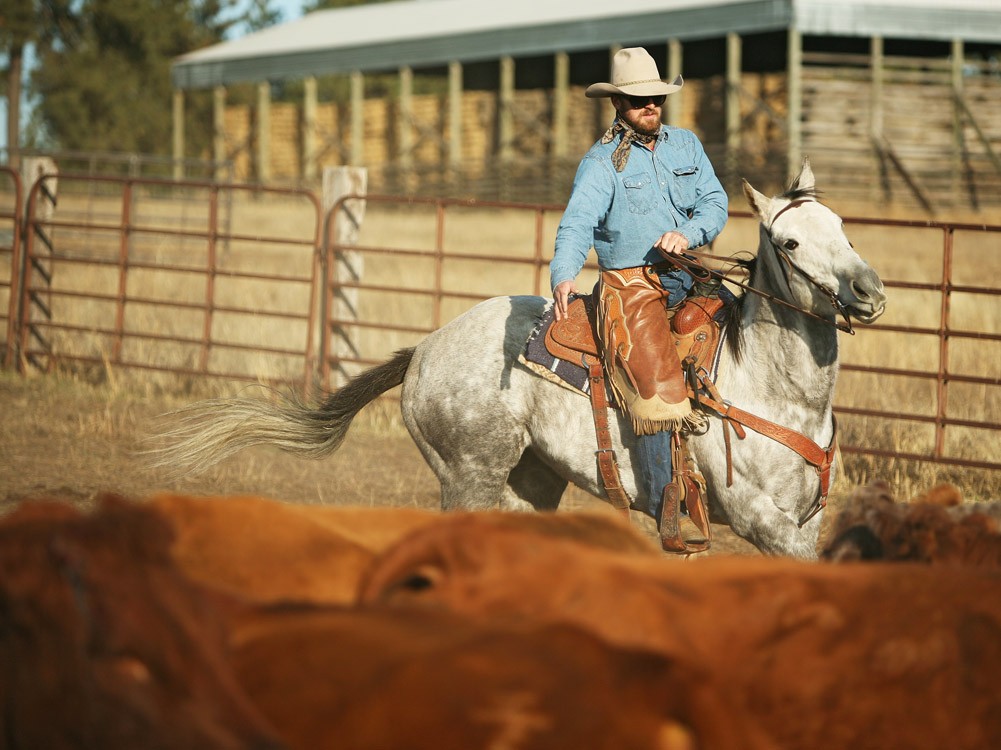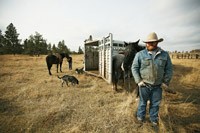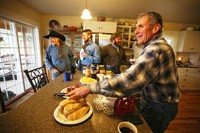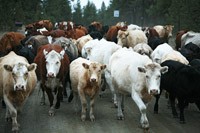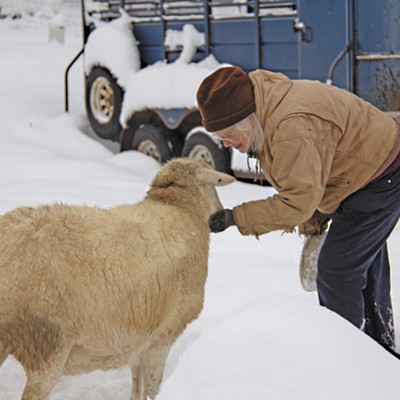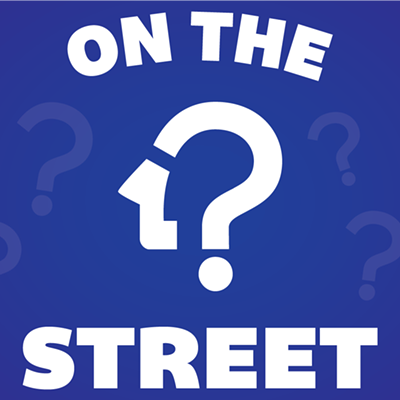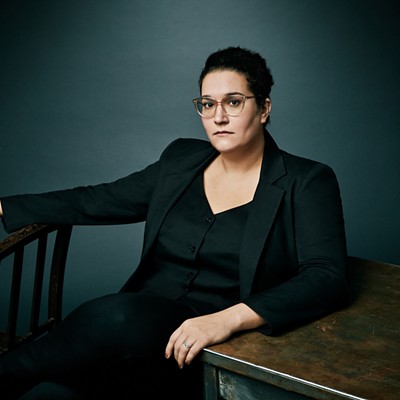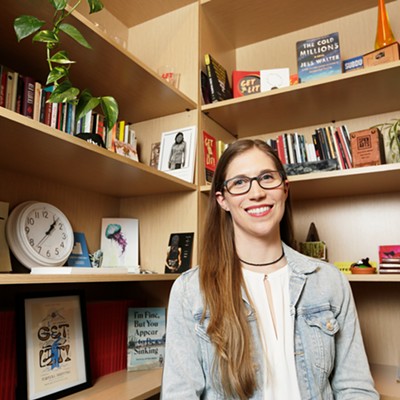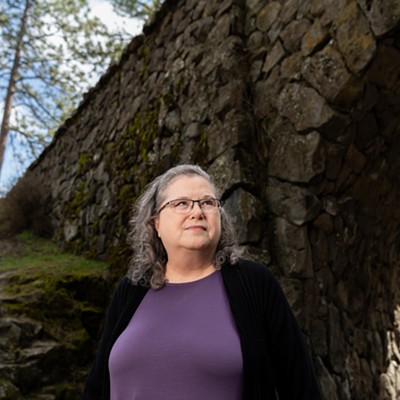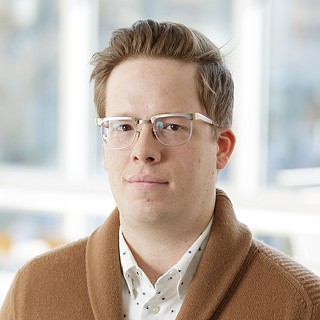When Cody Harris and his sister, Catlin Dix Harris, rode out to meet their herd for the fall roundup in mid-November, they were continuing a legacy of cattle ranching that goes back hundreds of years in America and four generations in the Harris clan.
In one way, the roundup looked more like their grandfather’s kind than their dad’s: It happened on horseback.
In four decades, their father, Dave Harris, has expanded the family’s Lazy H Ranches to nearly 400 head of mother cattle and 7,000 acres on the West Plains. Their expansion has followed a national trend of increasing costs and stagnating cattle prices, which have forced small and mid-sized ranches to grow or die. (Most, especially around here, have died.) Along the way, Dave Harris diversified the business and made it faster — literally, in some cases, trading the horses of his youth for four-wheelers.
Cody, who is 26, says he has known since he was a child that he was going to follow his father into the family business. He wants badly to spend his time “living that Western lifestyle cowboys lead.”
To achieve that, Cody plans to take the family business into the 21st century while returning key aspects of it to the 19th. He brings one tool to the family business that no previous Harris ever has — a degree in agricultural economics and management — but he also brings another that the family gave up years earlier: the lasso. “It’s a real tradition thing,” he says. “It runs deep.”
Only nature has worked this land longer than the Harris family. Twice a century for two thousand years, nature sent water — billions of cubic feet, at a rate greater than all the rivers in the world — rushing out of what is now Montana, west and then south, into what would become the Willamette Valley.
Water carved the crags and formed the hillocks of these 7,000 acres from one direction and, ever since, the wind has whittled them in the opposite. A near-constant whistle across the region, the wind has done its work on four generations of Harris, insinuating itself under hat and muff, forcing itself between work shirt and kerchief, finding skin and then bone and eventually the sinew and soft tissues in between.
“I’ve had frostbite so many times,” Dave Harris says. He balls his hands into fists, until the knuckles and fingers turn white, and then opens them to show how slowly the blood returns. “Capillary refill,” he says, “There’s none there.”
Dave Harris has worked for over half of the 106 years the Harrises have worked this hard place. He first took the run of the ranch 41 years ago, at 17, when his parents went to Hawaii on vacation. When Dave lists the perils that await Cody — who will take the reins of the family ranch when Dave finally finds the will to let go of them — he puts the markets of man on par with acts of God.
“He won’t have control over the winters, the markets, the wildfires, diseases, drought, fuel prices — that’s a critical thing in this business — fertilizer, seed … ” The list doesn’t end so much as Harris stops reciting it. These natural and man-made forces have steadily swelled the cost of producing beef while eroding the price it sells for, thereby shrinking the number of people producing it.
A century ago, 38 percent of Americans worked in agriculture. Now less than 2 percent do. Between 2002 and 2007, while America’s total cattle grew by 850,000, the area around Spokane lost some 12,000 head.
And though the last two years have brought the best livestock prices Harris has ever seen — and they’re looking to be even higher this year — it has been because of the way feed lots have grown and independent ranchers have dwindled. Dave Harris has seen the number of mid-size ranches like his, 400 head or so, shrink and ranches of around 50 head disappear almost completely. “We’re kinda the last of a dying breed,” he says.
The first Harrises on the West Plains were Benjamin David and his wife, Rosa Belle. He was from Texas and she from Kentucky. They came looking for land and found it, registering their homestead — 160 acres on the county line near Tyler — in 1905. They herded their cattle with horses, as did their son, Elmer, along with his wife, Gladys, on land that lay near the original homestead. Elmer created the Lazy H and Hanging E brand that the family still uses.
The business had trouble from early on. Benjamin and Rosa Belle lost the original homestead during the Depression. A lot of the farms that survived had other sources of revenue, Dave says.
“Wife had a good job, she taught school, they had other things going for them.”
After Dave took over the brand and the ranch from his father, he took steps to diversify the business. He wanted to ensure the ranch’s survival, so he stepped outside of it, beginning to buy rental properties in the early ’80s. He has 25 now, “mostly singlewides.” He keeps the rent low to keep occupancy rates high.
Dave’s parents were adamant he go to college. He got a master’s in counseling, then taught school for two years. And he was adamant his kids — his four and his wife Kay’s two — go, too. He didn’t want them spending their whole life on the ranch, wondering “What if.” He also knew that the entire brood couldn’t support itself off the ranch. “You hope they have the interest in the business,” he says. “At the same time, you can’t have too many kids showing interest.” That was another lesson from the past, the way family farms used to subdivide among siblings until there wasn’t enough left for anyone. “Three people can’t make a living off 100 head of cattle.”
Along the way, “four-wheelers came along, vehicles came along, and it seemed like everything sped up,” Dave says, “We embraced it — jumping on a four-wheeler to go open a fence — but somewhere we lost that old rodeo spirit.”
Dave Harris knows it’s time to start letting go, but it’s hard for him. He’s a big micro-manager. He says Cody’s post-college maturity and seriousness about joining the business has made it easier. The younger Harris has his father’s square jaw, and a slightly exaggerated version of the man’s smile. In Catlin, too, there is a strong, though softer, resemblance.
In the old days, Cody says, when a ranch hand found a ranch he liked and decided to settle down, he’d burn the brand into his skin. “It’s called riding for the brand,” he says. Cattle get branded on their left hip. In June, for Father’s Day, Cody and Catlin went and got the family brand tattooed on theirs. They considered getting it burned in, Cody says, “but that seemed kinda crazy.”
Cody has already left his mark on the business. This spring, when the calves were first rounded up, branded and vaccinated, it was done with a group of young friends from neighboring ranches, on horseback with lassos. Later this month, when the calves are finally auctioned off, it will happen online, via a video feed.
Both Harris men draw a distinction between being a cowboy and being a cattleman. The father is more the latter — skilled in the business of managing, doctoring and selling herds of cattle.
The son is more the former (“probably in every definition of the word”) — passionate about living a good life in the traditional way.
The father loves that about his son and praises Cody’s plan to do all cattle work on horseback. He just wants to make sure, before he hands off the business completely, that the young man is ready to take the reins. “There’s gotta be enough cow in the boy,” Dave says, chuckling.
Cody acknowledges he has a lot to learn, and he doubts his father will ever truly let go. “I got a lot of friends who are taking over family ranches. They’re going through the exact same thing. The old man is still there. It’s always been that way and it probably always will be.”
The younger Harris says he has no illusions about the job he is inheriting, nor about the difficulties the life presents. His plan is to spend the next two decades tripling the land he controls and the herd he manages. At 25,000 acres and 1,200 head, it would be a lot to manage on horseback, Cody acknowledges, “but in 20 years, that’s what it’s going to take to survive. Getting by is a steep curve.”

